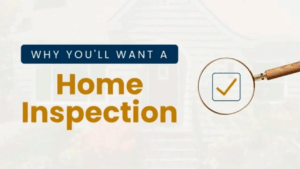What Is a Down Payment (And Why Is It Important)?
You’ve no doubt heard the phrase “no money down!” on a late-night infomercial — but what exactly does that mean? It means that you’ll finance 100% of the purchase price of the item in question, without paying any of your money upfront to own it. While this is an option at some car dealerships, it’s rarely an option with a house.
For first-time homebuyers especially, understanding the down payment can be a big hurdle to clear before you can buy a house. Someone may have told you that you must have 20% of the home’s purchase price, and that amount looks ridiculously large. You have no idea how you’ll save up that much money, and you wonder if you have other options.
There are many misconceptions out there about homebuying related to two simple questions — what is a down payment? And how much money do I need to buy a house?
What is a down payment?
If you’re borrowing a large sum of money to purchase something, it’s common for lenders to ask for a down payment. A down payment is money that you pay toward the larger purchase price, and then the rest of the purchase is financed. If you’ve bought a car or a major appliance, you probably had to put down money before they would approve your loan.
Vince Grant, an agent in Everett, Washington, with 35 years of experience, says that lenders want to see a down payment because “the more skin in the game the borrower has, the less risk of default the lender has.” Along with your credit score, it tells the lender that you know how to save and manage money, which decreases your risk of default.
A down payment is usually expressed as a percentage: 3%, 10%, or 20% of the total purchase price, for example. You must have this money available to pay upfront, and then the lender will loan you the remaining balance owed on the house.







